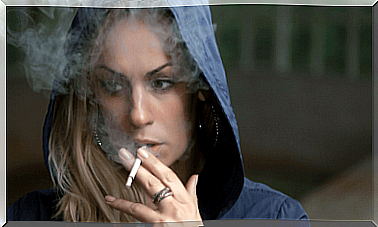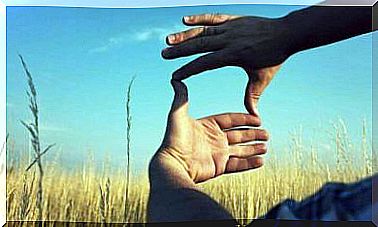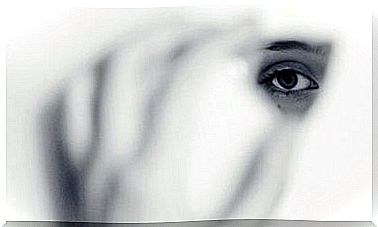Appearance On Social Networks

Appearance on social media has almost become an obsession. We could even speak of a lifestyle. How many times have we taken photos just to post them on our Facebook, Instagram or whatever profile? Our phone is part of us. Thanks to him, we tell about our “fabulous” daily life so that others admire us and “like” our publications.
But, what is behind this relentless search for attention and admiration? Is this the new form of celebrity quest? Could such a phenomenon signal a weakness in our self-esteem? Without a doubt, this requires at least a little thought; the objective will be to ask ourselves if our use of social networks reveals any type of emotional deprivation. Appearance on social networks has become a subject of debate both at the popular level and at the scientific level. So let’s dig deeper together on this subject!
Social media appearance and self-esteem
Social networks are one of the tools that can be very useful both professionally and personally. On the one hand, we can use it to connect with the people we love and share our experiences with them. We take a photo of a special moment, we write a caption and we also share music that we love, all in order to generate reactions, a debate. On the flip side, businesses big and small can also use social media as a way to advertise.
The problem arises when we make social media appearance the center of our life, our main motivation. When we don’t just photograph the places we go, but go to certain places expressly to photograph ourselves there. That we dress in a certain way to show our outfit to everyone. That we act in such a way that others see what we are doing. Some people have even lost their lives falling from the top of a building while trying to take the “most beautiful selfie” .
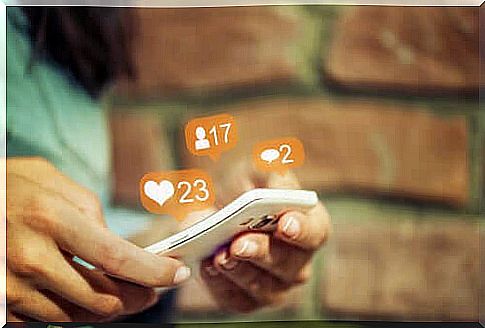
What drives us to make social media a lifestyle? To answer this question, it will be important to take an interest in self-esteem. For Massó, it is linked to the evaluation that one makes of oneself. Self-esteem can be divided into two components:
- The awareness that we have of ourselves, or in other words, our concept of ourselves. These are the traits of our identity, our qualities and the characteristics of our way of being.
- The second component is sentimental: it deals with the appreciation and love that we feel and experience towards our own person, our interests, our beliefs, our values and our ways of thinking.
Low self-esteem influences how we relate to others. The team of researchers from López-Villaseñor (2014) assures that people with low self-esteem experience their social relationships with anxiety and fear of rejection. Thus, we come to a key point to understand the misuse of social networks. Low self-esteem and fear of rejection translate, in many cases, into a strong urge to seek acceptance from others.
Appearance on social media, or how to fill an inner void
According to Buddhist psychology, such virtual behavior is to fill an inner void. When we feel incomplete and frustrated, we often tend to seek happiness in external stimuli. In this case, we would seek it in the form of attention and recognition. In this way, we build false happiness from scratch, which feeds on the opinions of others.
This type of happiness is fragile, among other things because these urges to please and to smooth things over often end up weakening our identity. Indeed, others could criticize us, or quite simply, what we offer may not please them. There, our self-esteem would be even more devastated.
Another factor is the volatility of the opinions of others. What pleases us today may cease to please us tomorrow. Thus, a large number of followers can be fleeting. What happens then? We have entrusted our happiness to others. Instead of feeling responsible for it, we gave it to others to make us happy. When in reality, our happiness depends only on us.
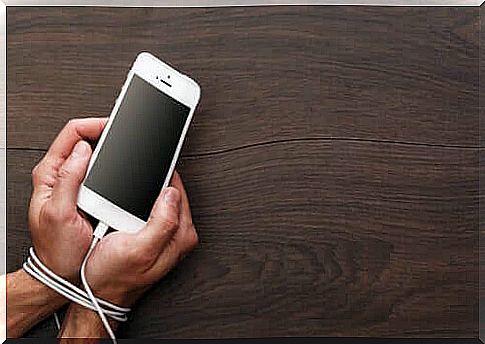
Final reflection
All that glitters is not gold. Likewise, not everything we see on social media is a reflection of reality. People only show what they want to show. Appearance on social media is too relative. Few people post pictures of themselves when they cry or are not well. If we pay a little attention to it, we will realize that the majority of the things we see are trips, parties or events that assume a certain importance for each of us. “ Look what I managed to do, look where I went ”… Let’s not make the mistake of thinking that other people only experience good things 24/7.
You often hear people say things like “ my friend is lucky things are going so well for her ” or “ my friend is always busy doing something ”. However, if we saw the daily life of each of these people, surely we would discover that it is actually not much different from ours. And that it is made up of moments of sadness as well as moments of joy. This shows us that we should not believe everything we see.
By way of conclusion, we could stress the fact that our happiness is in our hands, so let’s not leave it in other people’s hands, at the mercy of their advice. Social networks are a biased showcase, a world where negative emotions hardly exist and where almost nothing is real.




